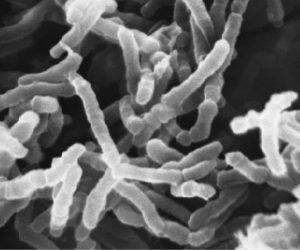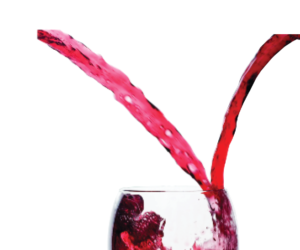 Stop me when either of these scenarios sounds familiar: You made a full-bodied red wine a couple of years ago that seemed to be progressing nicely. The first few bottles tasted good, but the longer they age the more off-flavors you begin picking up. Or, alternatively, that full-bodied red wine is tasting better than you ever could have imagined, with vibrant fruity aromas, luscious tannins and a nice offsetting acidity that tickles your taste buds with nostalgia and leaves you longing for more. And it’s not just you who like it. Judges also awarded it a gold medal!
Stop me when either of these scenarios sounds familiar: You made a full-bodied red wine a couple of years ago that seemed to be progressing nicely. The first few bottles tasted good, but the longer they age the more off-flavors you begin picking up. Or, alternatively, that full-bodied red wine is tasting better than you ever could have imagined, with vibrant fruity aromas, luscious tannins and a nice offsetting acidity that tickles your taste buds with nostalgia and leaves you longing for more. And it’s not just you who like it. Judges also awarded it a gold medal!
Whether it’s the first disappointing scenario or the more favorable following one, as a home winemaker this is a great learning moment about what may have gone wrong, or what went exactly right.
In the case of the stellar wine, as you look to harvest or purchase those same grapes this fall you decide you’ll replicate the process from that batch by using the same additions, aging techniques, yeast, etc. With the other wine, you realize something will need to be done differently. But wait, which batch was it that you added oak staves to and which did you age longer on oak chips? And what was the starting Brix of those grapes? The pH? The questions keep coming, and answers are getting blurry. Now, feeling anxiety creep in, you realize that replicating your new favorite wine is going to mean starting over from scratch because you didn’t detail your winemaking decisions in writing. As for the wine that came up short, notes may be even more important when you know something different needs to be done with this year’s batch.
It takes a lot of time to make and age wine, and in that time a lot of wine is likely consumed so remembering every detail like what temperature you fermented at, how long you cold stabilized your wine, or the pH your must measured are likely lost. Don’t rely on your memory, write it down! Keep a winemaking notebook for each winemaking season that you can go back to every year, or each time you open a bottle and notice the wine has evolved since the last bottle.
So where do you start once you have your notebook? Well, start at the beginning! If you are growing your grapes there should be notes about the growing season including weather conditions and other factors that could affect the wine quality. Then, at harvest, note the date and statistics of the grapes. If you are purchasing the grapes, start there with these same details about the grapes including harvest date, where they came from, Brix, acidity, pH, and even things like the size, color, condition, and price of the grapes. Then take note of every step in the winemaking process. Did you get a new press this year? Make a note of that. Did you change the brand of enzymes you are using, or decide to add enzymes during the crush for the first time? Write it down! Even if you don’t envision needing to recall minute details, it’s better to arm your future self with more information than to leave yourself short on information next year.
With so many moving parts, it may still be difficult to pinpoint the effect each little difference has on the finished wine, but the more years, knowledge, and experience you have under your belt, the more useful these detailed notes will become.
With these notes in hand, next year’s winemaking can be based more on personal experience and knowledge instead of just what you’ve retained from others. And that gold medal wine you made? Yeah, you can expect to be drinking a new vintage soon.
Find our downloadable log sheet to help organize and keep track of your winemaking notes at Winemaker’s Log







